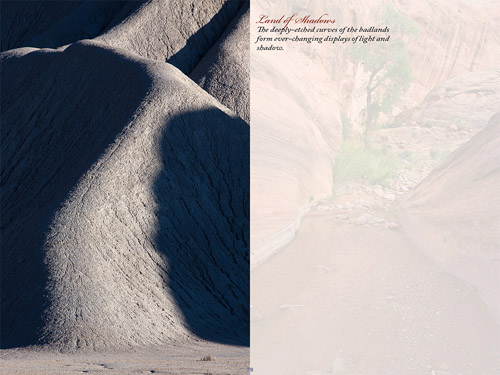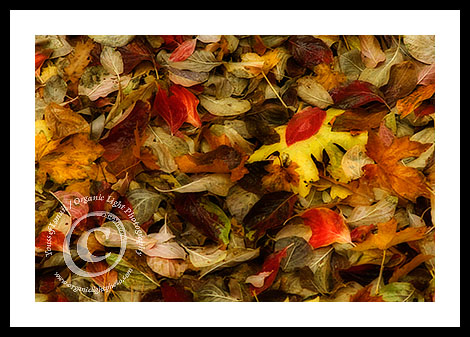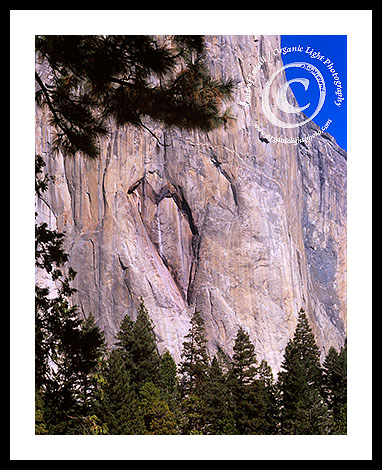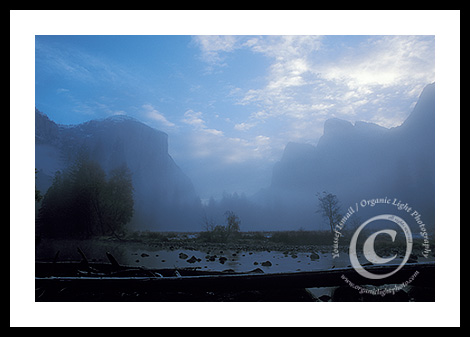
Reproduced with Permission
Among the Sacred Traditions of the Prophet Muhammad it is reported that he said “that to truly know someone you must have four interactions with said person: travel with that person, share a meal with that person, sleep in the same room with that person and engage in a business transaction with that person. Then you would know that person on an intimate level”.
I wonder if the same could be said of the Earth or a region of it. I guess you could travel through a region of the Earth. I suppose eating a meal from what that region of the Earth provides or even sitting down and eating in a specific place could meet the sharing a meal criteria. Sleeping out in the wilderness would clearly meet sleeping in the same room, especially if sleeping under the stars tent-less. And I suppose if we donated some money towards the preservation of a region of the Earth, or even selling something taken from the Earth or even expending of your self in its preservation would suffice in meeting that last criteria.
In any case, for those of us who spend time out in the wild areas, and especially so of photographers, we do develop a certain intimacy with the Earth. This intimacy does not develop over night, which is indicative of trying to establish all four of the above-mentioned criteria. It takes time to become intimate with a region of the Earth let alone the Earth herself. When that intimacy is established, the Earth will then start to show you things from her that most people will never see even if they were standing right in front of it. Happen to be a photographer in this state, and you are truly blessed, as now the photographs that you make will go way beyond mere documentation. The photographs will move the heart of the viewer and will establish a longing to not only stand where you as the photographer stood, but yearn to experience exactly what you as the photographer experienced.
Such is the work of Guy Tal in his new eBook “Intimate Portraits of the Colorado Plateau”. It is evident from the opening page that Guy has a very special relationship with our Mother Earth. He lives and works in the heart of the Colorado Plateau and clearly captures the very essence of that place. Looking at his photographs contained in this wonderfully designed book is transformative. Rarely do I find photographs, or photographers for that matter that make me want to visit a location. Not so in this case. The more I read, the more I longed to visit those places. I hope the Colorado Plateau will be able to handle the influx of visitors once they have read this book!
Guy opens the book with some information about the Colorado Plateau itself and premises the book not on the iconic features found there, but rather on the intimacy of the Plateau, an intimacy that only one who has such an intimacy can provide.
Guy then introduces the reader to the genre of intimate landscape photography pioneered by Elliot Porter and to the importance of that style in establishing a stepping-stone for developing intimacy with the Earth or region of it. I resonate with what he writes in this short introduction as my work clearly falls into that genre. And with my appetite sufficiently whetted I eagerly poured into the book. However to my amazement, I could not power through it. The photographs presented were nothing like I had seen before that typically come from the Colorado Plateau. It was like I had stepped into a whole new world. Each photograph grabbed me and forced me to spend time with it examining its construction, its elements, its colors, its light, and the very essence of not only the land in which it was made but the very moment captured when that shutter was tripped. What I thought to be a simple afternoon of reading turned into nearly a month long affair.

Reproduced with Permission
One of the hallmarks of the Colorado Plateau is how desolate it is and Guy remarks about this in a profound way. Even though we as humans have impacted all regions of our Earth, the absence of humans on the Plateau, as is probably the case in most desolate places, impacts our souls even more. All great people who have tread upon this Earth, were at one time in their lives in a state of seclusion for a significant period, where they were afforded the luxury of deep contemplation to discover themselves and to see reality for what it is. Venturing out into desolation, like that of the Plateau, can only produce similar contemplation and when coupled with the visual power inherent in a camera, the results are quite moving.
The book is broken up into several chapters, with each chapter covering one aspect of the Region. The Plateau is a diverse area, one that I was not fully aware of. Although I have visited twice, I was unfortunately sucked into iconoclastic image making by following the typical guidebooks leading me along to the locations that have made the Plateau so famous. What Guy brings to the table is far and above anything typical, something that only someone truly intimate with the Plateau can bring. One of the aspects that I love most about the book is that aside from the general chapter descriptions of each region of the Plateau, Guy gives us NO location information whatsoever. Some might take offence to this and might even contact Guy after reading the book asking for directions to the places where he made the photos if not the exact GPS coordinates. But by leaving this information out, Guy has managed to bring to the reader the very mystery that is the Plateau and forces those who wish to make similar photos the task of venturing out into the Plateau on there own to discover the magic that can only come in solitude with that place.

Reproduced with Permission
In addition, each photograph in the book has a short caption giving the title and a small tidbit of a thought about it. It gives us a glimpse, but only a glimpse, of what was going on inside of Guy when the photographs were made. The other very interesting and interest piquing aspect of the book is that the essays, captions, and full color photos are set on a muted and faded color image not shown among the other full color images. It builds a mystique that the Plateau has much more to offer than just what is presented in full.

Reproduced with permission
Guy starts to close the book with a reflection on the people who lived on the Plateau from centuries long passed by presenting images of their dwellings and their art work left behind to tell a story that we will never fully know. From there Guy leads us on a visual enigma that only nature can conjure up by showing us an abstract realm of beauty.
Guy weaves an amazing visual story that truly moves the soul. The final image in the book, once you have seen everything in an intimate sense, brings us back to the grandeur that is the Colorado Plateau. I was awe struck as I looked at that last photo, longing to visit the Plateau again, only next time allowing enough time to really start knowing that part of my Mother in an intimate fashion and without any guide other than my own eyes and heart leading the way.

Reproduced with Permission
Do I recommend this book? Whole heartily! And, if you have not already purchased your copy I don’t know what you are waiting for. Visit his eBook store today and get your copy. You will not be disappointed.
My only wish would be for a similar offering as a real-in-your-hands version, that I could proudly display when visitors or friends come over. Any publishers out there willing to back this idea?
Peace






















